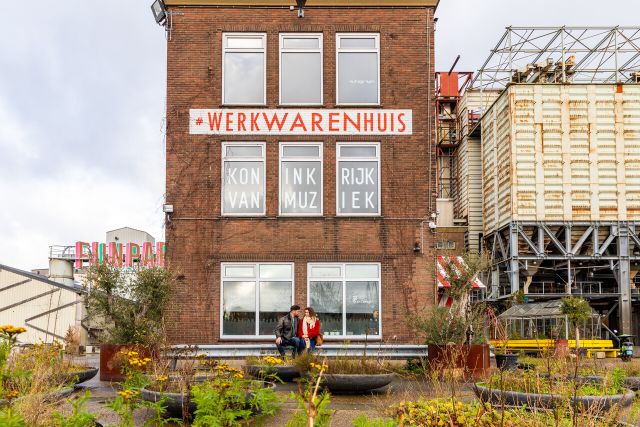Unique and unconventional dining amid industrial heritage in North Brabant

What are celebrity foodies’ favourite places to eat? Which spots are the most photogenic? Which festivals in North Brabant are the best? And where are the trendy hotspots you really should visit? Here you can read all about it. Use it to your advantage and find some inspiration for your visit to North Brabant. Have fun!
1 to 6 of 30 results